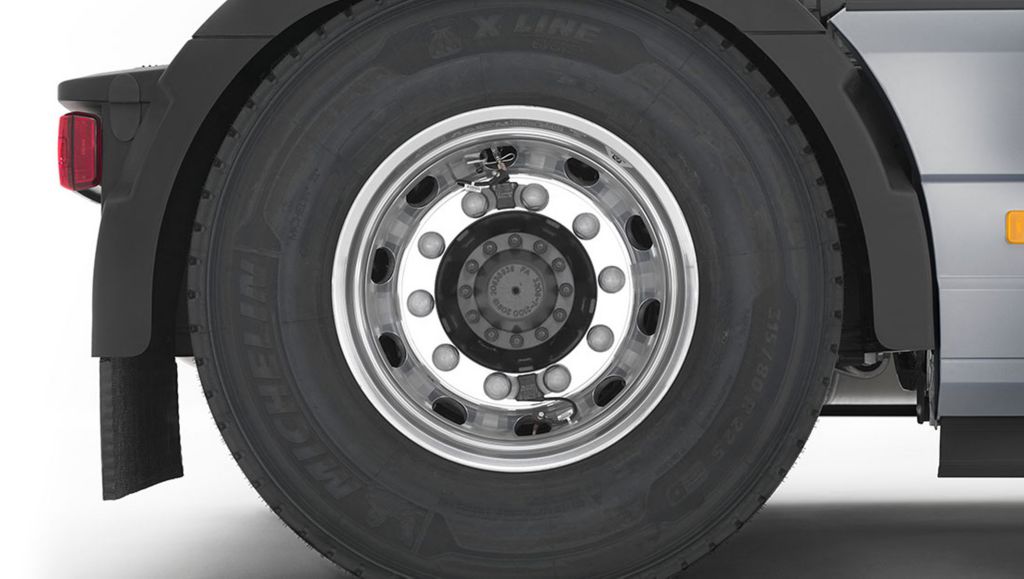How aerodynamics and rolling resistance impact your truck’s fuel consumption


The first thing to understand about air resistance, is that its relationship to speed is not proportional. If you double your speed, air resistance increases fourfold. At speeds of 60 km/h or less, its impact is negligible, but it becomes crucial at speeds of 60 km/h and faster.
Improving the aerodynamics of your vehicle can be done in several ways, with each contributing a small saving in fuel consumption. Collectively, these changes can quickly add up to a significant reduction.
The higher the cab and trailer, the greater the air resistance, however, the roof angle is also important. Adding a roof spoiler can easily save you 5% in fuel when travelling at high speeds. For maximum effect it’s important to have it set according to the vehicle’s height. 5cm too low, or 10cm too high, will reduce your potential savings by 1%. The best course of action is to have it factory fitted from the beginning. Side fairings and side skirts can save another 1% each respectively.
Any external accessories on your truck – including extra lights, bull bars, air horns or ornaments – will increase air resistance. On average, each accessory will increase fuel consumption by 1%.
Obviously in some circumstances such accessories are needed but it’s important to be aware that they are costing you fuel and perhaps you should consider alternatives. For example, choosing an integrated parking cooler over an externally fitted one, will improve aerodynamics and save an estimated 0.8% in fuel consumption.
Specifying an adjustable 5th wheel can contribute to improve aerodynamics. There are also different options available when choosing side mirrors and wheel covers, with some designed for enhanced aerodynamics. If you frequently drive at high speeds, then the return on investment in aerodynamic features can quickly be recuperated.
There are also measures you can take to improve the aerodynamics of your trailer too, such as keeping the gap between the trailer and cab as small as possible. A trailer with covered sides will also have lower fuel consumption than one without.
But improving fuel consumption doesn’t end with better aerodynamics. For instance having the wrong tires or not taking care of them in the right way can have an impact on your truck’s rolling resistance which will result in fuel efficiency losses. Choosing the right tire used to be a fairly simple task as there were only a few options out there but today that has changed significantly. With so many options to choose from it’s important to know what to look for.
I have prepared a guide that outlines the different parameters to take into account when assessing your options and the questions you should ask yourself about your operations to determine which tire might be the best fit for your operations.

Tomas Thuresson
Tomas is a Long Haul Segment Manager at Volvo Trucks